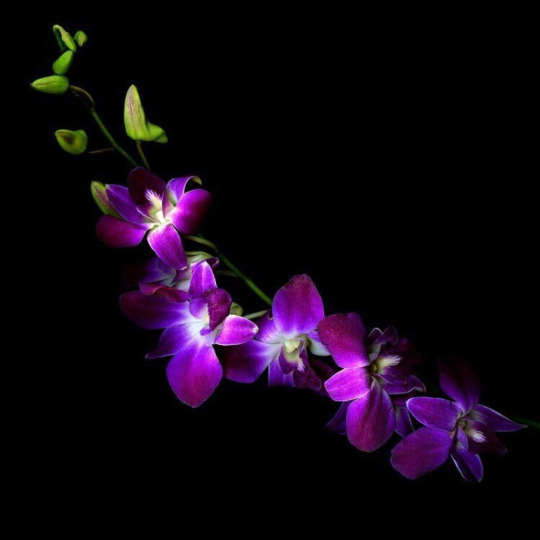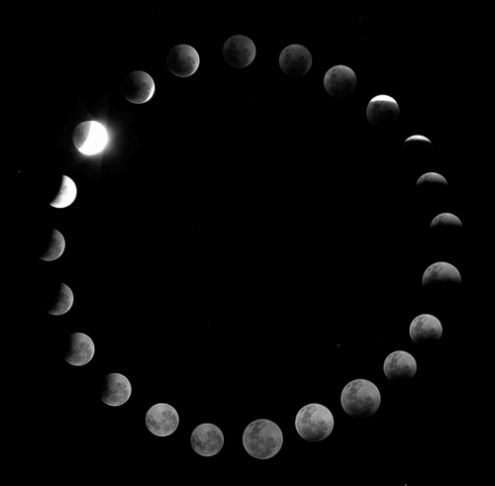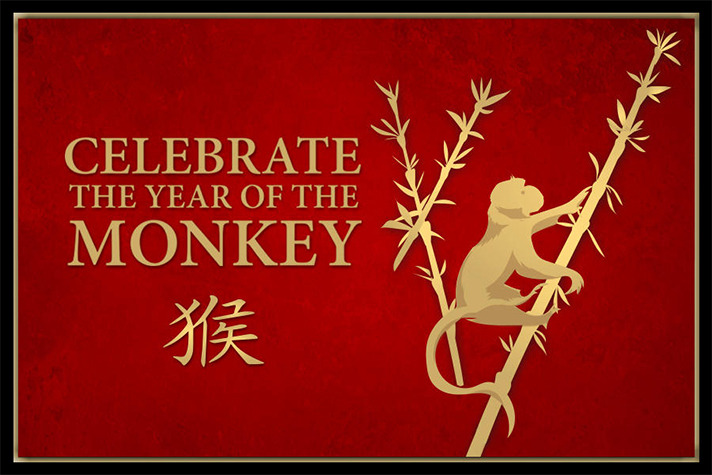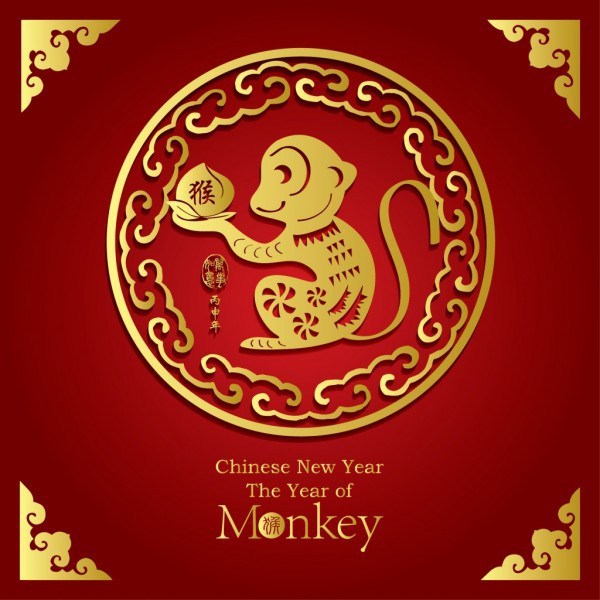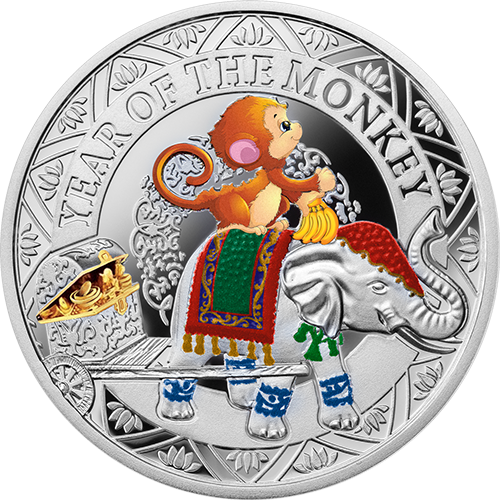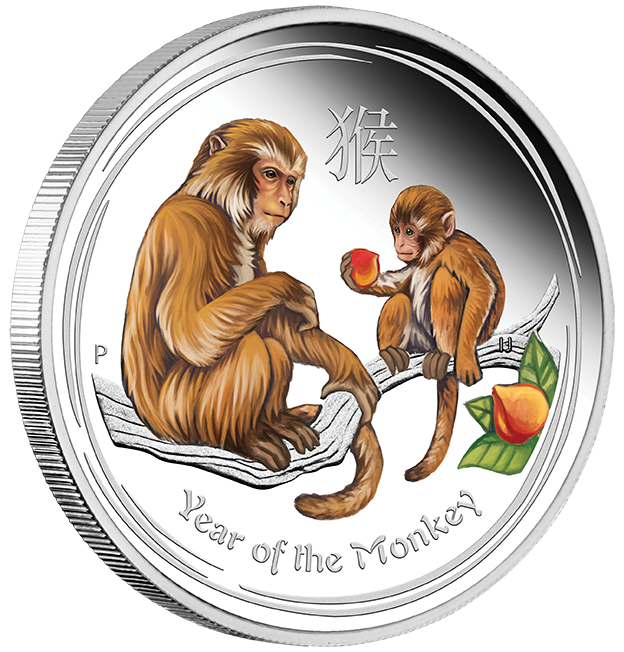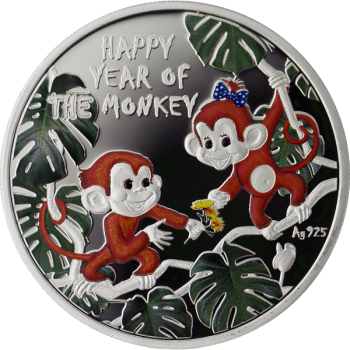Search This Blog
Tuesday, February 23, 2016
Paddle Boarding with Whales, Esperance Australia

Esperance Australia
Credit to Jaimen Hudson >> http://bit.ly/1QIrwhX
Paddle Boarding with Whales in Esperance, Western Australia.
- Filmed in 4K. Shot and put together by me.
- Instagram: https://instagram.com/jaimenhudson
- Song: Jack Johnson - Imagine

Monday, February 22, 2016
Saturday, February 20, 2016
Blood Pressure 💓Easy Ways to Lower

May 13, 2022
Small changes can make a big difference in your blood pressure numbers.
If you suddenly find yourself with high blood pressure (hypertension) under the new guidelines from the American Heart Association and the American College of Cardiology, you might be wondering what to do. The guidelines lowered the definition for high blood pressure to 130/80 from 140/90 millimeters of mercury (mm Hg), meaning more people now meet the criteria for stage 1 hypertension.
While you shouldn't shrug off the change, there's also no need to panic. "Obviously, nothing happened overnight inside a woman's body or to her health with the release of the guidelines," says Dr. Naomi Fisher, director of hypertension service and hypertension innovation at the Brigham and Women's Hospital Division of Endocrinology, Diabetes, and Hypertension, and associate professor of medicine at Harvard Medical School.
The change, however, should spur you to take your blood pressure seriously. "These guidelines have been long anticipated and are very welcome by most hypertension experts. They may seem drastic, but in putting the knowledge we've gained from large trials into clinical practice, they will help thousands of people," says Dr. Fisher.
Making those changes can be challenging. More than one woman has woken up in the morning committed to healthy eating only to be derailed by a plate of cookies on a table in the office or a dinner out with friends.
- breads and rolls
- cold cuts and cured meats
- pizza
- poultry
- soup
- sandwiches.

Thursday, February 18, 2016
Accordion 🪗 Repairman 🗽New York City
Akordeon
Her Most Beautiful Accordion Melodies
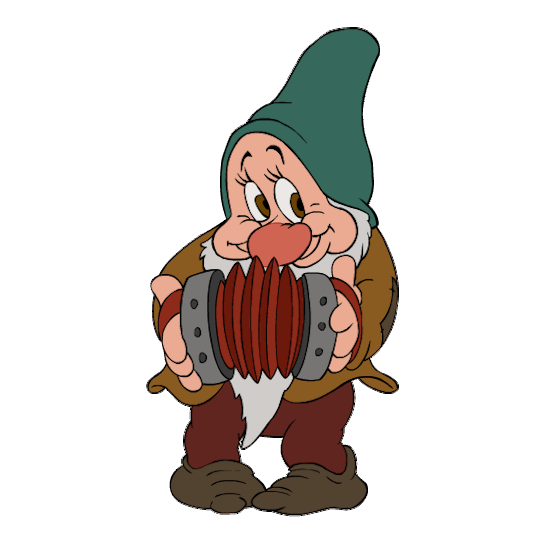


Monday, February 15, 2016
Sunday, February 14, 2016
Sunday, February 7, 2016
Gong Xi Fa Cai - 2016 = 4713th Chinese New Year - Gong Hey Fat Choy
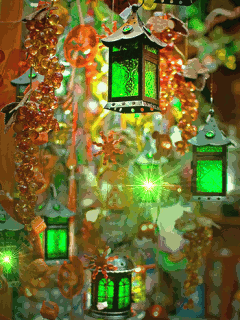


is the 4713th Chinese Year

 .
The Chinese name of 2016 in the Chinese Horoscope calendar is
.
The Chinese name of 2016 in the Chinese Horoscope calendar is 
 .
Chinese apply Five Elements (Metal, Water, Wood, Fire and Earth) into the Chinese calendar.
.
Chinese apply Five Elements (Metal, Water, Wood, Fire and Earth) into the Chinese calendar.
 is in the Fire group.
The color of Fire is connected to Red.
is in the Fire group.
The color of Fire is connected to Red.  is the calendar character corresponding to Monkey. Therefore, 2016 is the Red Fire Monkey year.
is the calendar character corresponding to Monkey. Therefore, 2016 is the Red Fire Monkey year. Monkey is the 9th animal in 12 zodiac signs. Monkey is after 8th Sheep and before 10th Chicken. Monkey is the animal in the first of Metal Cycle. Monkey, Chicken and Dog are in the cycle of Metal. Our Chinese horoscope prediction combines the theory of Five Elements, the relationships betweens animal signs and the image meaning of I-Ching hexagram.
The prediction for 2016 Year of Monkey is based on your birth year, the Chinese zodiac signs. We have different forecasting method for 2016 using your entire Chinese astrology birth chart, which is required your birthday and birth time. You can find the hyperlink in the end of the prediction.




!!! 恭喜发财 !!!

Year of the
猴 Monkey 猴



Red envelopes are also given to newlyweds in China.
 History of Chinese New Year
History of Chinese New Year The Chinese New Year Festival is the most significant holiday for Chinese people around the world, regardless of the origin of their ancestors. It is also known as the Lunar New Year Festival because it is based on the lunar calendar as opposed to the Gregorian calendar. The holiday is a very jubilant occasion mainly because it is the time when people take a break from work to get together with family and friends.
The origin of the Chinese New Year Festival can be traced back thousands of years through a continually evolving series of colorful legends and traditions. One of the most famous legends is that of Nien, an extremely cruel and ferocious beast, which the Chinese believe, eats people on New Year’s Eve. To keep Nien away, red-paper couplets are pasted on doors, torches are lit, and firecrackers are set off throughout the night, because Nien is said to fear the color of red, the light of fire, and loud noises. Early the next morning, as feelings of triumph and renewal fill the air at successfully keeping Nien away for another year, the most popular greeting heard is kung-hsi, or “congratulations.”
The Chinese New Year Festival is the most significant holiday for Chinese people around the world, regardless of the origin of their ancestors. It is also known as the Lunar New Year Festival because it is based on the lunar calendar as opposed to the Gregorian calendar. The holiday is a very jubilant occasion mainly because it is the time when people take a break from work to get together with family and friends.
The origin of the Chinese New Year Festival can be traced back thousands of years through a continually evolving series of colorful legends and traditions. One of the most famous legends is that of Nien, an extremely cruel and ferocious beast, which the Chinese believe, eats people on New Year’s Eve. To keep Nien away, red-paper couplets are pasted on doors, torches are lit, and firecrackers are set off throughout the night, because Nien is said to fear the color of red, the light of fire, and loud noises. Early the next morning, as feelings of triumph and renewal fill the air at successfully keeping Nien away for another year, the most popular greeting heard is kung-hsi, or “congratulations.”

 Even though Chinese New Year celebrations generally only last for
several days, starting on New Year’s Eve, the festival itself is actually about three weeks long. It begins on the twenty-fourth day of the twelfth lunar month, the day, it is believed, when various gods ascend to heaven to pay their respects and report on household affairs to the Jade Emperor, the supreme Taoist deity. According to tradition, households busily honor these gods by burning ritualistic paper money to provide for their traveling expenses. Another ritual is to smear malt sugar on the lips of the Kitchen God, one of the traveling deities, to ensure that he either submits a favorable report to the Jade Emperor or keeps silent.
Next, “spring couplets” are hung up around the house. Spring couplets
are paper scrolls and squares inscribed with blessings and auspicious words, such as “good fortune,” “wealth,” “longevity,” and “springtime.”
The paper squares are usually pasted upside down, because the Mandarin Chinese word for “upside down,” Tao, is a homonym of the word “arrival.”
Thus, the paper squares represent the “arrival” of spring and the “coming” of prosperous times.
Even though Chinese New Year celebrations generally only last for
several days, starting on New Year’s Eve, the festival itself is actually about three weeks long. It begins on the twenty-fourth day of the twelfth lunar month, the day, it is believed, when various gods ascend to heaven to pay their respects and report on household affairs to the Jade Emperor, the supreme Taoist deity. According to tradition, households busily honor these gods by burning ritualistic paper money to provide for their traveling expenses. Another ritual is to smear malt sugar on the lips of the Kitchen God, one of the traveling deities, to ensure that he either submits a favorable report to the Jade Emperor or keeps silent.
Next, “spring couplets” are hung up around the house. Spring couplets
are paper scrolls and squares inscribed with blessings and auspicious words, such as “good fortune,” “wealth,” “longevity,” and “springtime.”
The paper squares are usually pasted upside down, because the Mandarin Chinese word for “upside down,” Tao, is a homonym of the word “arrival.”
Thus, the paper squares represent the “arrival” of spring and the “coming” of prosperous times.
On lunar New Year’s Eve, family members who are no longer living at home make a special effort to return home for reunion and share in a sumptuous meal. At that time, family members hand out “lucky money” in red envelopes to elders and children and stay up all night to welcome the New Year. Chinese people have long believed that staying awake all night on New Year’s Eve would help their parents to live a longer life. Thus, lights are kept on the entire night–not just to drive away Nien, as in ancient times, but also as an excuse to make the most of the family get-together. Some families even hold religious ceremonies after midnight to welcome the God of the New Year into their homes, a ritual that is often concluded with a huge barrage of firecrackers.
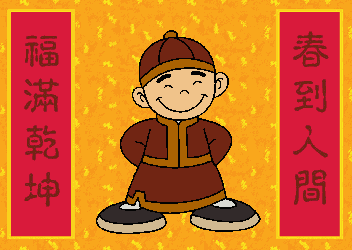 Gong Xi Fa Cai
Gong Xi Fa Cai
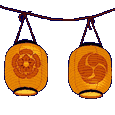



















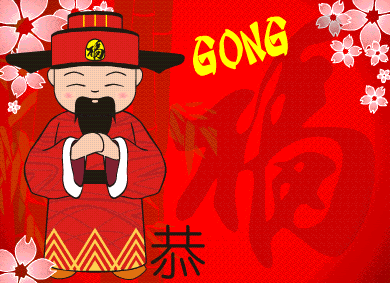

Chinese New Year is the longest and most important celebration in the Chinese calendar. The Chinese year 4713 begins on Feb. 19, 2015.
Chinese months are reckoned by the lunar calendar, with each month beginning on the darkest day. New Year festivities traditionally start on the first day of the month and continue until the fifteenth, when the moon is brightest. In China, people may take weeks of holiday from work to prepare for and celebrate the New Year.
A Fun New Year
Legend has it that in ancient times, Buddha asked all the animals to meet him on Chinese New Year. Twelve came, and Buddha named a year after each one. He announced that the people born in each animal's year would have some of that animal's personality traits.
Those born in monkey years are often fun, energetic, curious, and mischievous. People believe the monkey years bring bad luck to those born in the year of the monkey.
Patricia Arquette, Chelsea Clinton, Tom Hanks, Eleanor Roosevelt, Harry Truman, Grover Cleveland, Charles Dickens, Elizabeth Taylor, Michael Douglas, and Will Smith were born in the year of the monkey.
Fireworks and Family Feasts
At Chinese New Year celebrations people wear red clothes, decorate with poems on red paper, and give children "lucky money" in red envelopes. Red symbolizes fire, which according to legend can drive away bad luck. The fireworks that shower the festivities are rooted in a similar ancient custom. Long ago, people in China lit bamboo stalks, believing that the crackling flames would frighten evil spirits.
The Lantern Festival
In China, the New Year is a time of family reunion. Family members gather at each other's homes for visits and shared meals, most significantly a feast on New Year's Eve. In the United States, however, many early Chinese immigrants arrived without their families, and found a sense of community through neighborhood associations instead. Today, many Chinese-American neighborhood associations host banquets and other New Year events.
The lantern festival is held on the fifteenth day of the first lunar month. Some of the lanterns may be works of art, painted with birds, animals, flowers, zodiac signs, and scenes from legend and history. People hang glowing lanterns in temples, and carry lanterns to an evening parade under the light of the full moon.
In many areas the highlight of the lantern festival is the dragon dance. The dragon—which might stretch a hundred feet long—is typically made of silk, paper, and bamboo. Traditionally the dragon is held aloft by young men who dance as they guide the colorful beast through the streets. In the United States, where the New Year is celebrated with a shortened schedule, the dragon dance always takes place on a weekend. In addition, many Chinese-American communities have added American parade elements such as marching bands and floats.
Read more: Chinese New Year: 2015 http://www.infoplease.com/spot/chinesenewyear1.html#ixzz3QE8Q3iHB
Happy Lunar New Year!
新年快樂!







A Fun New Year
Legend has it that in ancient times, Buddha asked all the animals to meet him on Chinese New Year. Twelve came, and Buddha named a year after each one. He announced that the people born in each animal's year would have some of that animal's personality traits.
Those born in monkey years are often fun, energetic, curious, and mischievous. People believe the monkey years bring bad luck to those born in the year of the monkey.
Patricia Arquette, Chelsea Clinton, Tom Hanks, Eleanor Roosevelt, Harry Truman, Grover Cleveland, Charles Dickens, Elizabeth Taylor, Michael Douglas, and Will Smith were born in the year of the monkey.
Fireworks and Family Feasts
At Chinese New Year celebrations people wear red clothes, decorate with poems on red paper, and give children "lucky money" in red envelopes. Red symbolizes fire, which according to legend can drive away bad luck. The fireworks that shower the festivities are rooted in a similar ancient custom. Long ago, people in China lit bamboo stalks, believing that the crackling flames would frighten evil spirits.
The Lantern Festival
In China, the New Year is a time of family reunion. Family members gather at each other's homes for visits and shared meals, most significantly a feast on New Year's Eve. In the United States, however, many early Chinese immigrants arrived without their families, and found a sense of community through neighborhood associations instead. Today, many Chinese-American neighborhood associations host banquets and other New Year events.
The lantern festival is held on the fifteenth day of the first lunar month. Some of the lanterns may be works of art, painted with birds, animals, flowers, zodiac signs, and scenes from legend and history. People hang glowing lanterns in temples, and carry lanterns to an evening parade under the light of the full moon.
In many areas the highlight of the lantern festival is the dragon dance. The dragon—which might stretch a hundred feet long—is typically made of silk, paper, and bamboo. Traditionally the dragon is held aloft by young men who dance as they guide the colorful beast through the streets. In the United States, where the New Year is celebrated with a shortened schedule, the dragon dance always takes place on a weekend. In addition, many Chinese-American communities have added American parade elements such as marching bands and floats.
新年快樂!





